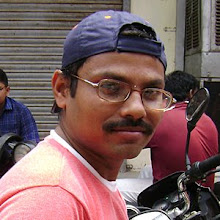There was a scare last October of a suspected polio-virus case in Bihar. To everyone’s relief, the World Health Organisation (WHO) confirmed it to be negative. After a prolonged struggle, Bihar has managed to keep itself polio-free for two consecutive years.
After a sharp spike in the number of cases in 2007 to 503, from 61 in 2006, there was a marked decline. In 2008, 2009 and 2010, the number of cases was 233, 117 and 9 respectively. For 2011 and 2012, not a single case was found, as per official data.
“It was a very difficult fight,” said N.K. Sinha, State Immunisation Officer. “We used Arjuna’s strategy and focussed fully on polio.”
Two important factors that worked well for the polio campaigns were the involvement of women around 2006 and of Accredited Social Health Activists (ASHAs) and Anganwadi workers.
“The idea behind getting women in the two-member immunisation teams was access to the house. Some Muslim pockets don’t allow male members. We began with two male-member teams, which later became one male-one female and finally only-women teams, barring in remote and sensitive areas,” he said.
After a sharp spike in the number of cases in 2007 to 503, from 61 in 2006, there was a marked decline. In 2008, 2009 and 2010, the number of cases was 233, 117 and 9 respectively. For 2011 and 2012, not a single case was found, as per official data.
“It was a very difficult fight,” said N.K. Sinha, State Immunisation Officer. “We used Arjuna’s strategy and focussed fully on polio.”
Two important factors that worked well for the polio campaigns were the involvement of women around 2006 and of Accredited Social Health Activists (ASHAs) and Anganwadi workers.
“The idea behind getting women in the two-member immunisation teams was access to the house. Some Muslim pockets don’t allow male members. We began with two male-member teams, which later became one male-one female and finally only-women teams, barring in remote and sensitive areas,” he said.

No comments:
Post a Comment
All copyright reserved to 4maithil.